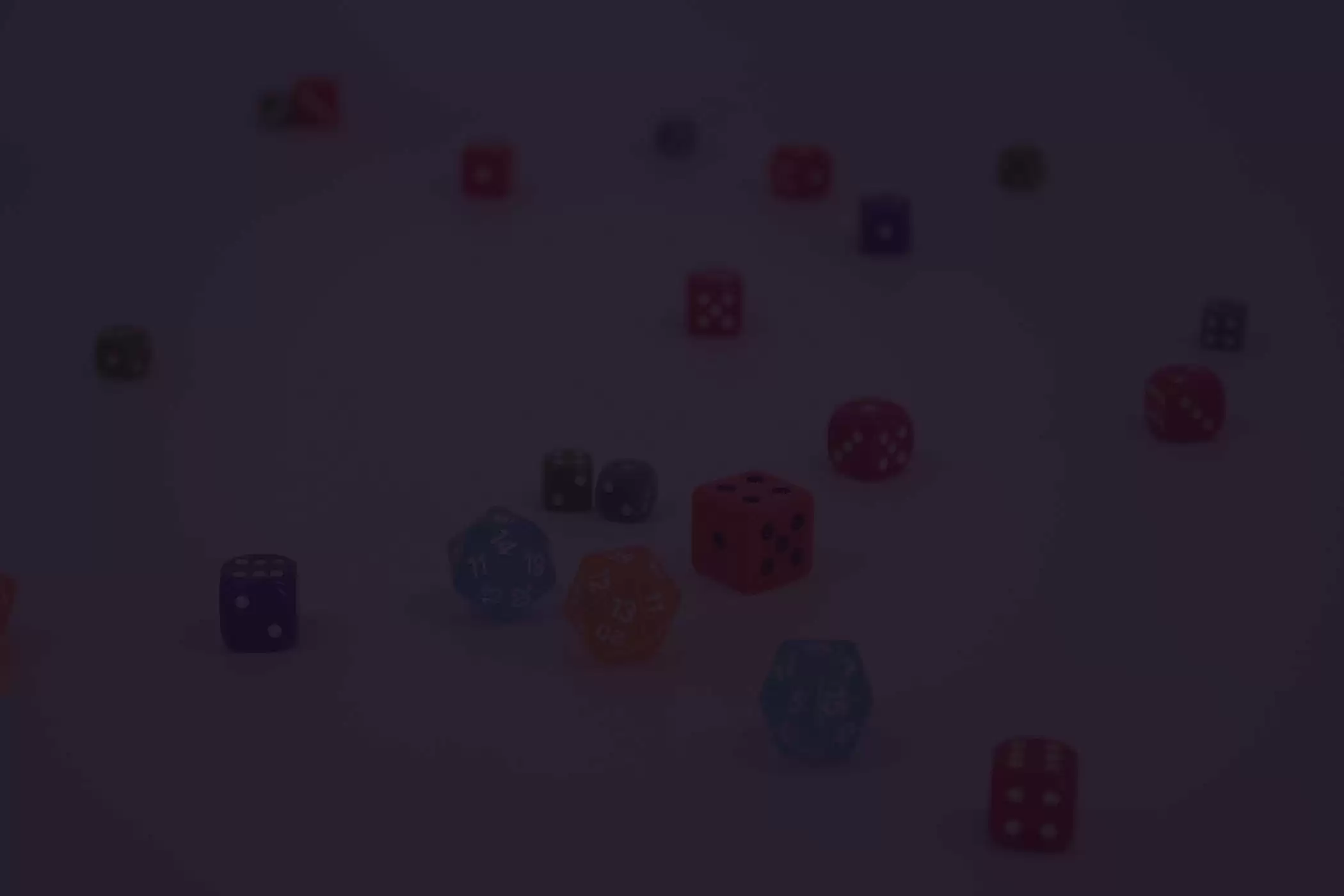
The hidden benefits of board game playtesting
When playtesting your game, consider whether all the rules and objectives you’ve laid out on paper prototypes are working the way you intended. This is important stuff! Do your testers understand the rules? How is the pace of the game? Are the players engaged and enthusiastic? That’s playtesting 101 – we assume that you already know that stuff.
While this is going on, pay attention to one of the hidden benefits that playtesting can provide. Your players are going to be interacting with your physical protoype. Watching that interaction will help you see where you can make manufacturing efficiencies or create physical improvements.
Let’s say that maybe only half of the cards in your game are used during a typical session. Perhaps the tokens in the game are cumbersome and create a mess. Perhaps a character sheet would help organize player’s attention! Because these are component-level changes in your game, they can strongly impact the final cost – maybe you can reduce or resize components, and maybe you need to add more.
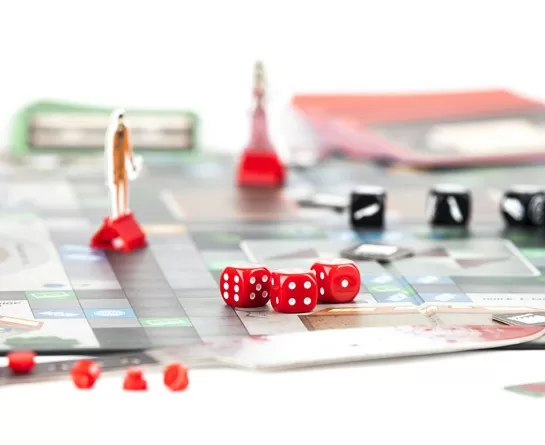
Remember: You’re going to make many changes before your final version
If you haven’t read our board game protoyping page yet, you should. That page outlines low-cost ways to approach prototypes and what we suggest to people that want someone to make prototypes for them. You can think of “board game playtesting” as “extended board game prototyping.” They’re both ways to find the best possible version of your ideas.
Playtesters will enjoy being a part of the process, knowing that their input can have a real effect on the final game’s design. Therefore, a prototype having some rough edges isn’t a bad thing. In fact, it’s a cue to the playtesters that the game isn’t done yet, and that their feedback really matters.
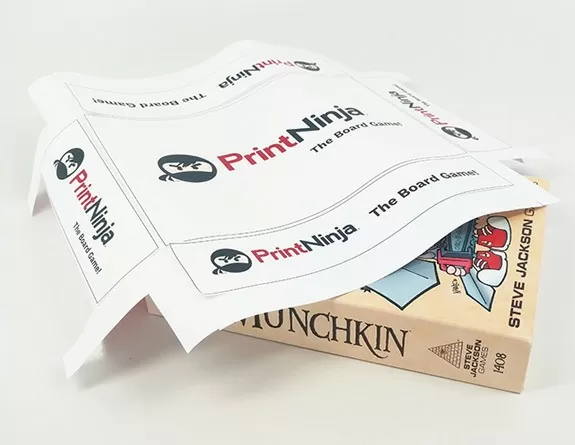
Playtest with different physical-format versions
Having two or three physical-format versions of your game can be the most scientific approach to finding the best combination of components and gameplay.
Try a black and white, paper prototype of your game. Let that game have just the bare essentials. That will allow your testers to focus on the objective of the game. You can A/B test that experience with a more polished looking prototype.
Test a version with a 20% smaller playing surface than you envision. See if that really impacts the gameplay. If not, lowering your real estate footprint can decrease your game’s cost by thousands. A larger board means a larger box, and that means more expensive shipping. Don’t sacrifice gameplay, but evaluate the most efficient use of your materials. A fun game is worth its weight in gold, but the price point has to be attractive enough for people to consider trying it.
While you’re experimenting with board size, experiment with game piece types. Test one version with printed characters on a pyramid stand. Test simple plastic or wooden pawns. Did those changes make an impact? If you supply different sets of playing pieces to different playtesting groups, you may get good information about what your playtesters found valuable to your game and the playing experience.
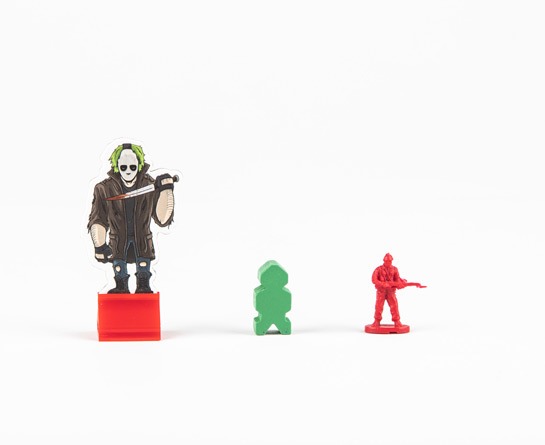
The non-printed piece problem
We come back to this point a lot because it’s an important factor in designing the cost of your game. There are two main articles that we reference here – the first is the non-printed piece problem and the second is the board game quantity minimums problem.” Essentially, the more complicated your game, the more expensive it gets. The more expensive it gets, the more difficult it will be for it to get funded/manufactured. Custom manufactured pieces are expensive and require a high minimum order quantity (MOQ), and they add to your production time. Printed pieces will always be faster to produce than anything that requires prototyping and molding.
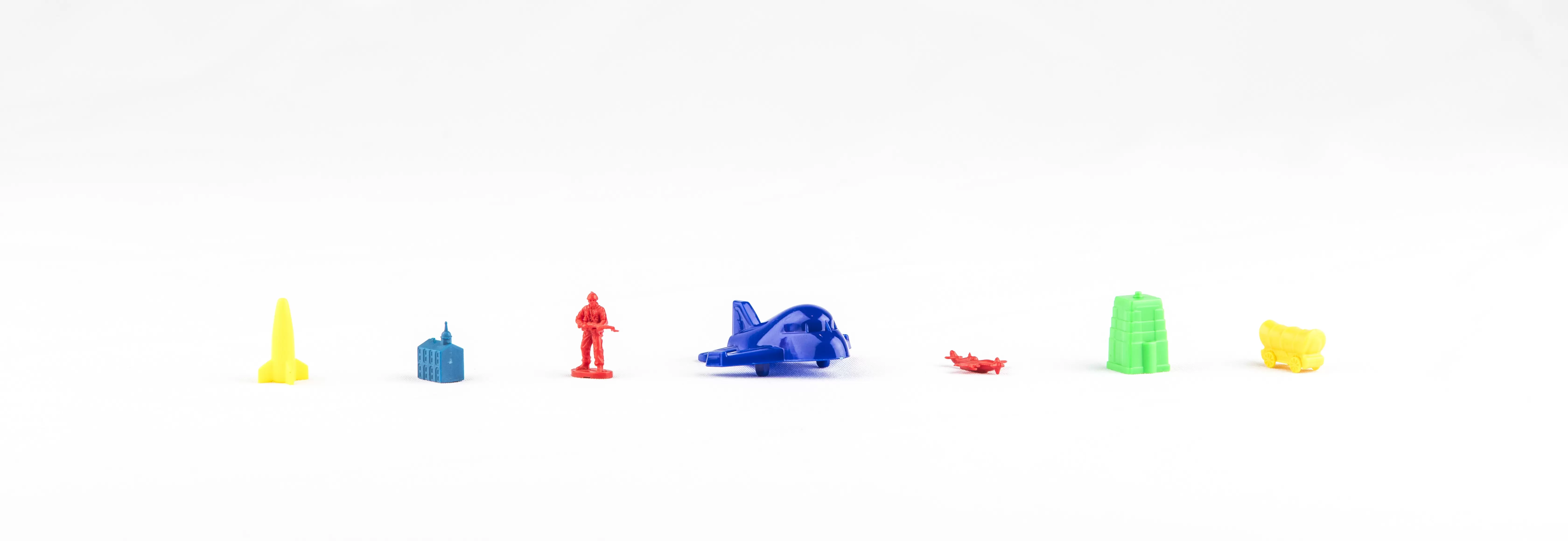
Don’t get big-game envy
We have an early 80’s version of the popular game “Balderdash” in our game library. Back when it was owned by a small indie outfit. The insert inside that holds the game pieces? It’s die-cut cardboard. The pieces inside? They’re painted wooden meeples. Today’s version has thermoplastic molded inserts and plastic pieces. In the beginning, though, the inventors of that wildly popular game were practical thinkers. They got their game to market simply and quickly.
If you are in this for the long haul and think you have a great game, we would advise you to keep it simple. There is nothing wrong with starting modestly to prove your concept. People might be buying your first edition on ebay for their own libraries in the future!
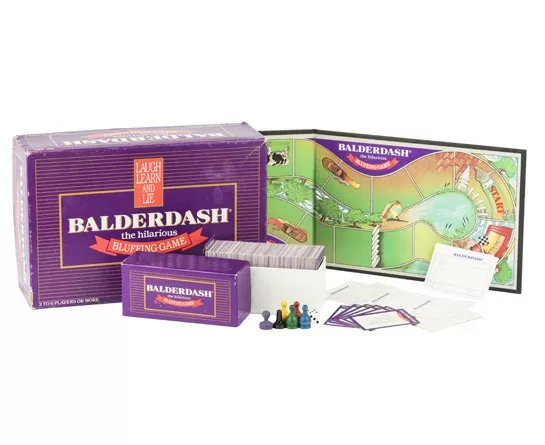
Custom miniatures for your game
Custom miniatures look great and are popular amongst board game enthusiasts. You can use any old figurines for board game playtesting, and decide whether they’re important in your game flow.
For estimation purposes, six 35mm figurines have a tooling charge of $3,000 with a minimum order quantity of 1,000 sets (6,000 total miniatures). Each set of figures cost $1 each for the final game or on a 1,000 unit game purchase $1,000 for the miniatures themselves and $3,000 for the tooling for a total of $4,000. These miniatures are made from plastic (PVC to be exact) and are highly detailed. Check out our custom miniatures page for a peek into the process amd more details about the cost of getting your characters immortalized in plastic.
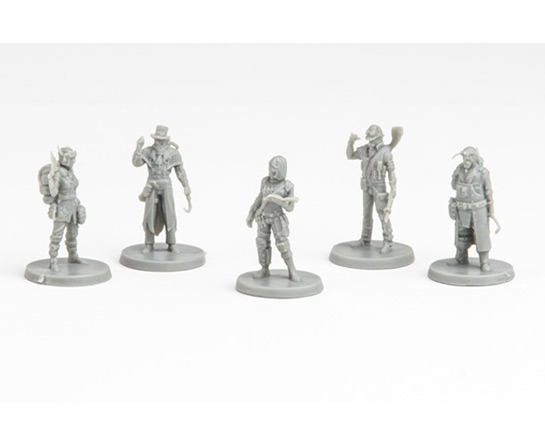
Think about the physical size of your game
Board game playtesting goes beyond the board and the configuration of the pieces. The physical space that your game takes up has more impact than you may realize! Think of it as “board game storage testing” as well. A 500 unit order of a reasonably-sized board game, 12”x12”x3”, will be delivered to you on a truck on two tall pallets. That’s hard to deal with in a third floor walk-up! The thickness of your game box and the overall size of your game has a lot to do with shipping prices, as well. That’s one reason that “cards only” games have become so popular as a game mechanic lately – they’re devilishly cheap to ship compared to traditional board games. If you’re thinking “cards only” you can get an instant card game quote at any time.
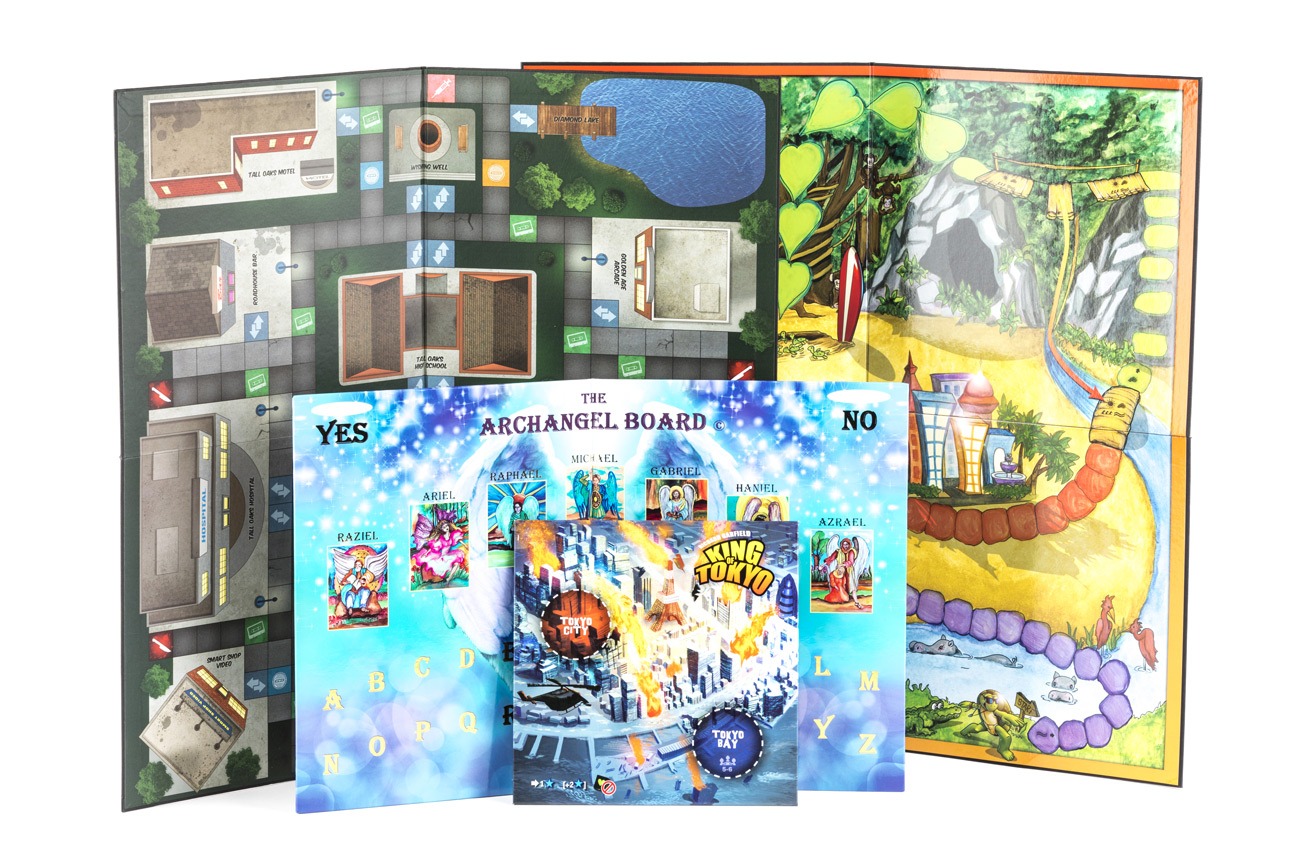
When should you start firming up pricing?
We have lists of sample game prices that should give you a reasonable idea of what it will cost to bring your game to life. After that, we can provide a “budgetary quote” to give you an idea. Really, though, the sooner you can start sharing artwork with us, the sooner we can help you get a final price. You might ask for 112 poker sized cards, but we know that the cards are printed 55 per parent sheet. If you get rid of 2 cards you can save a lot of money. Or, we might know that the amount of tiles you need for your game will make your boxes 5 inches tall. That means we’ll only be able to fit 4 units per case. That can make your shipping cost skyrocket. So, it makes sense to firm up pricing as early as your playtesting stage, because our feedback may make your final game substantially less expensive.
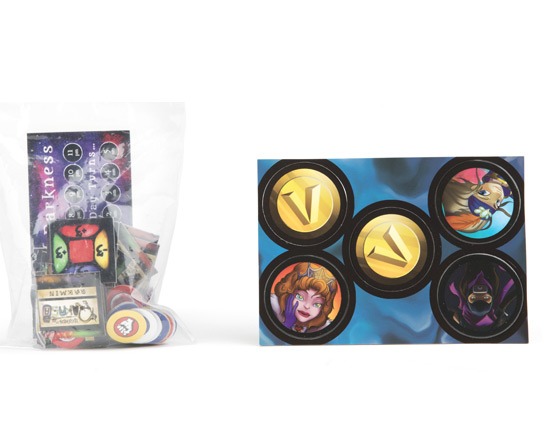
Freshly updated customer reviews from TrustPilot